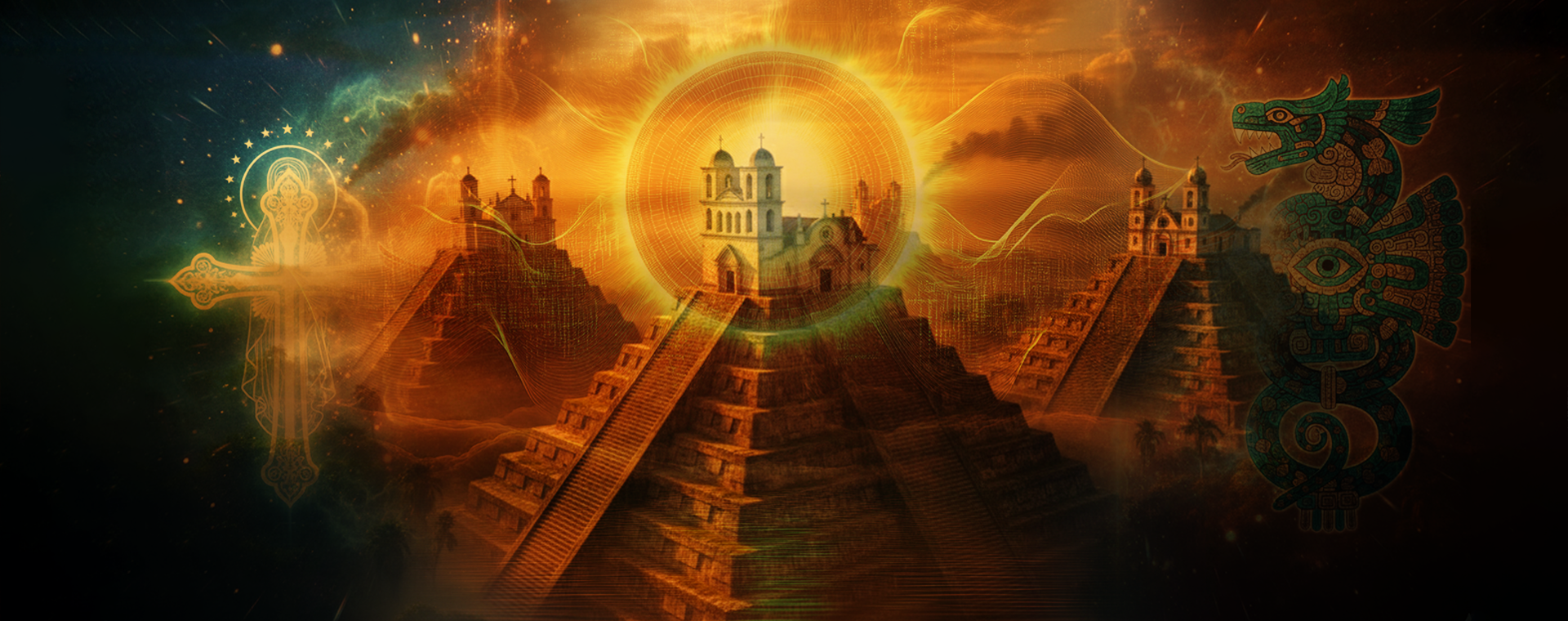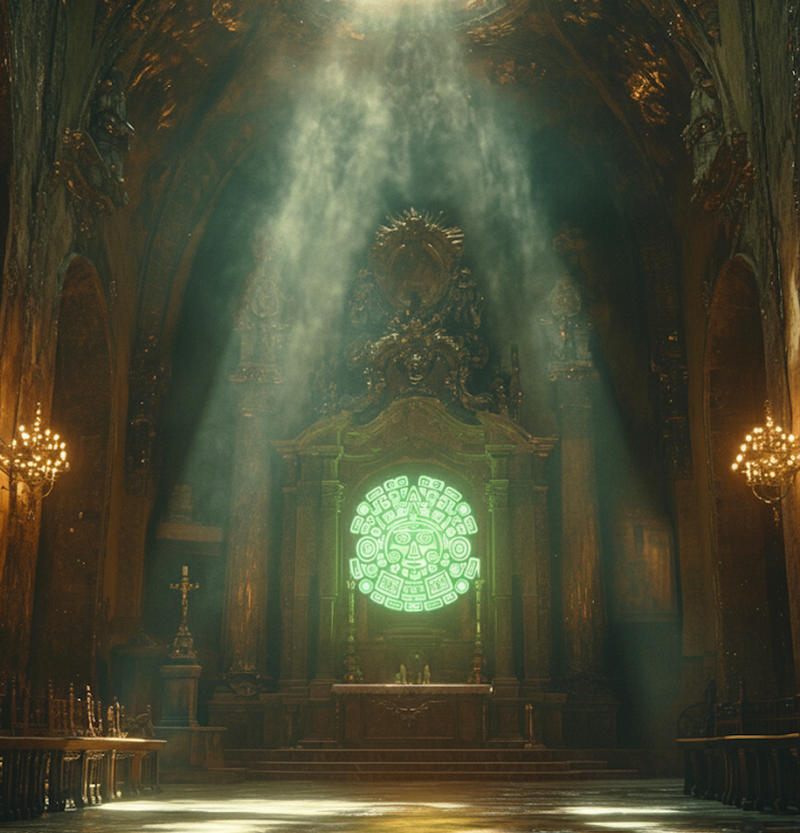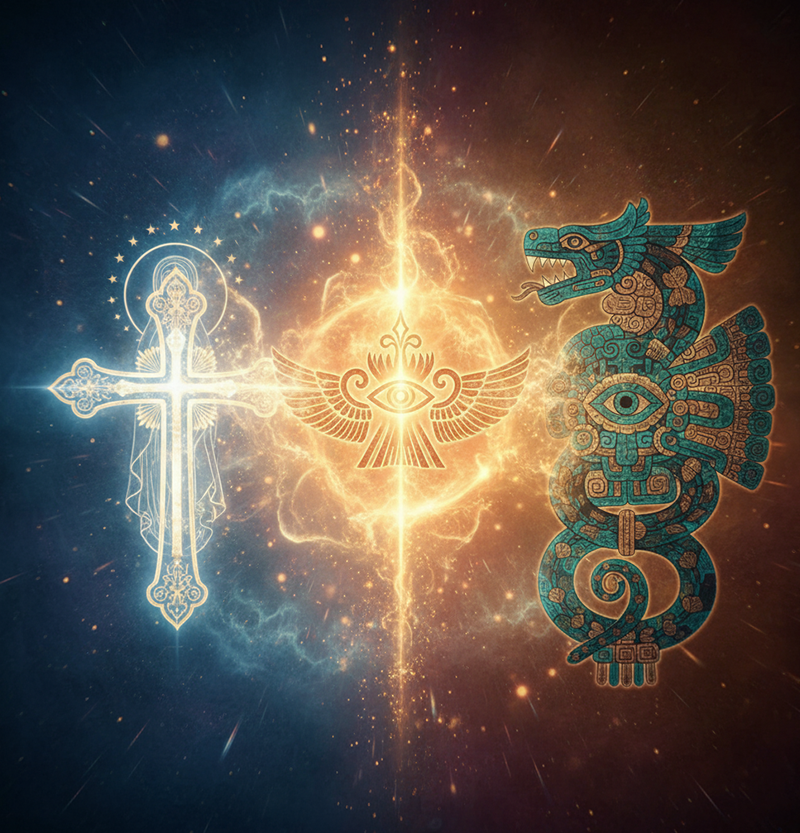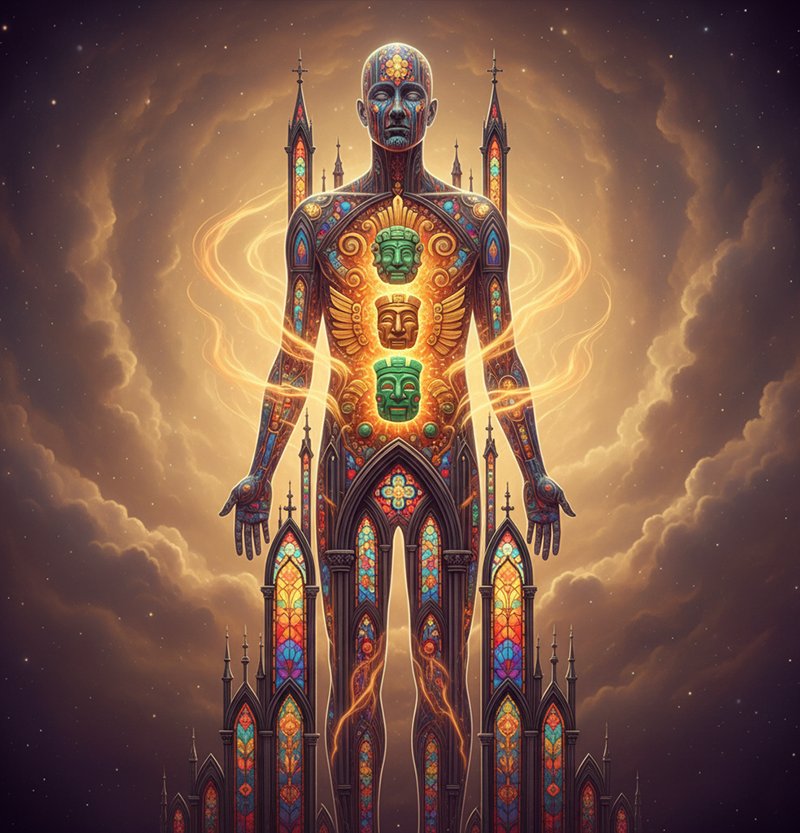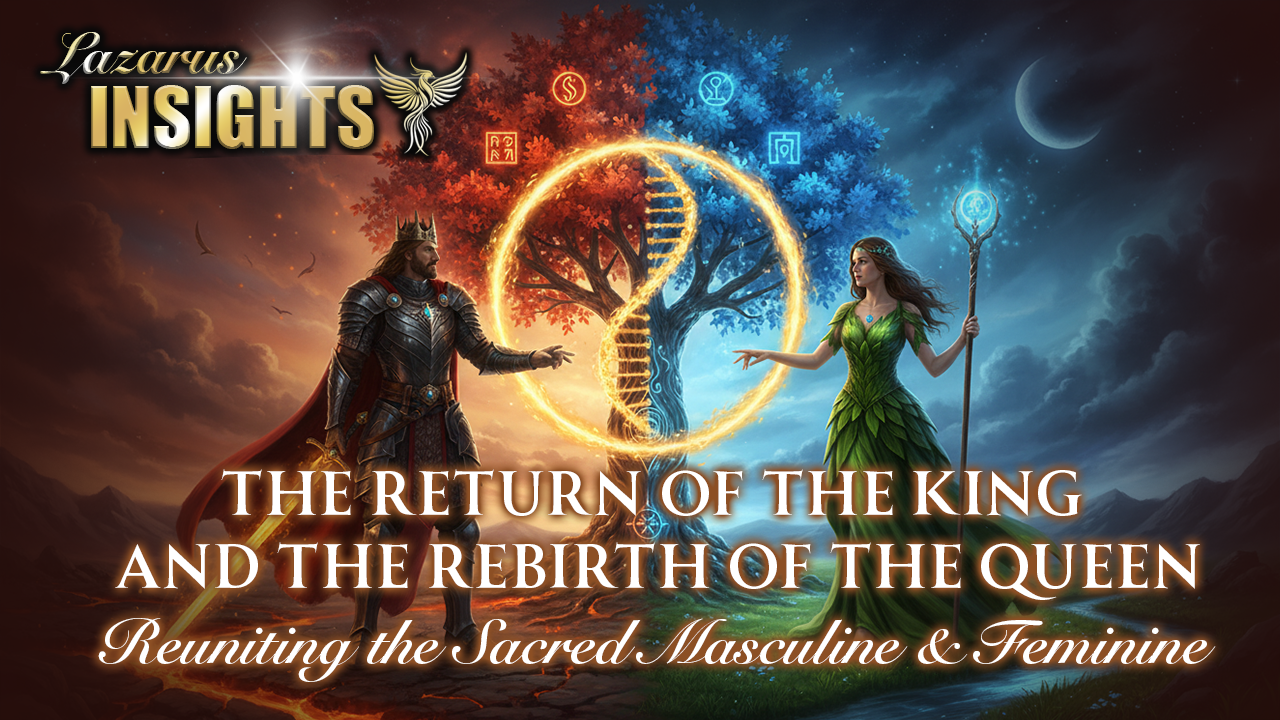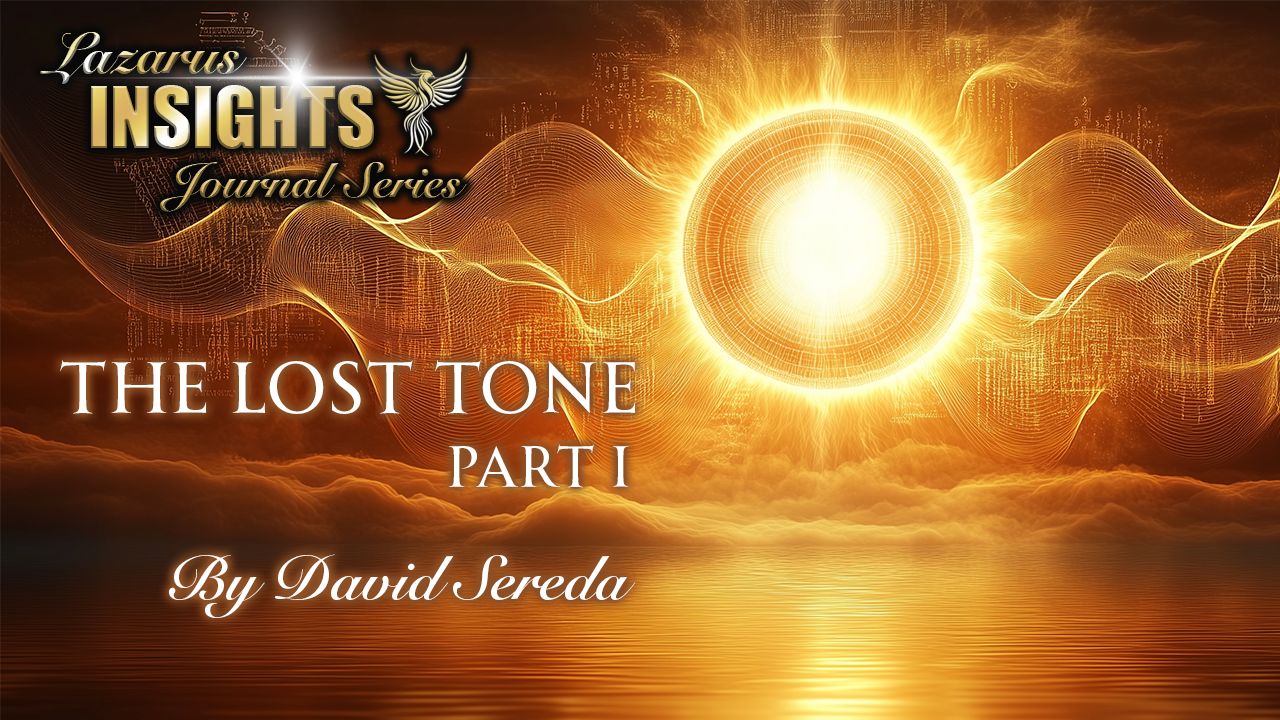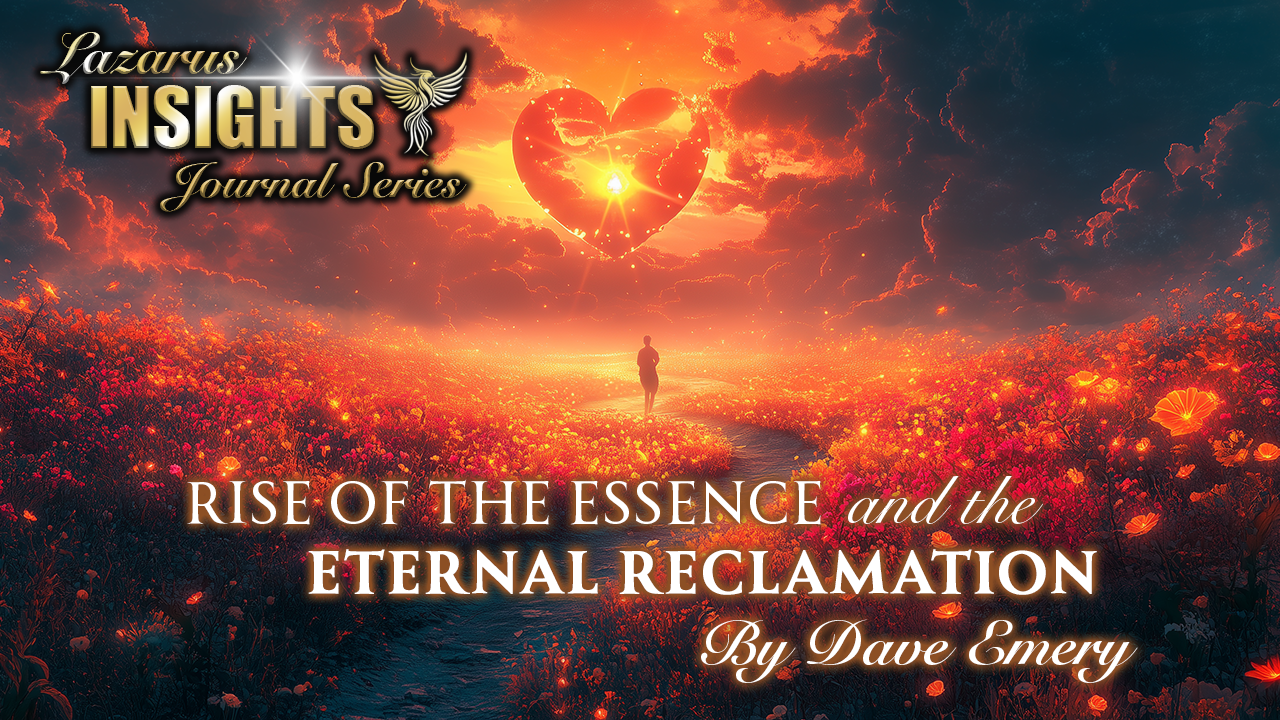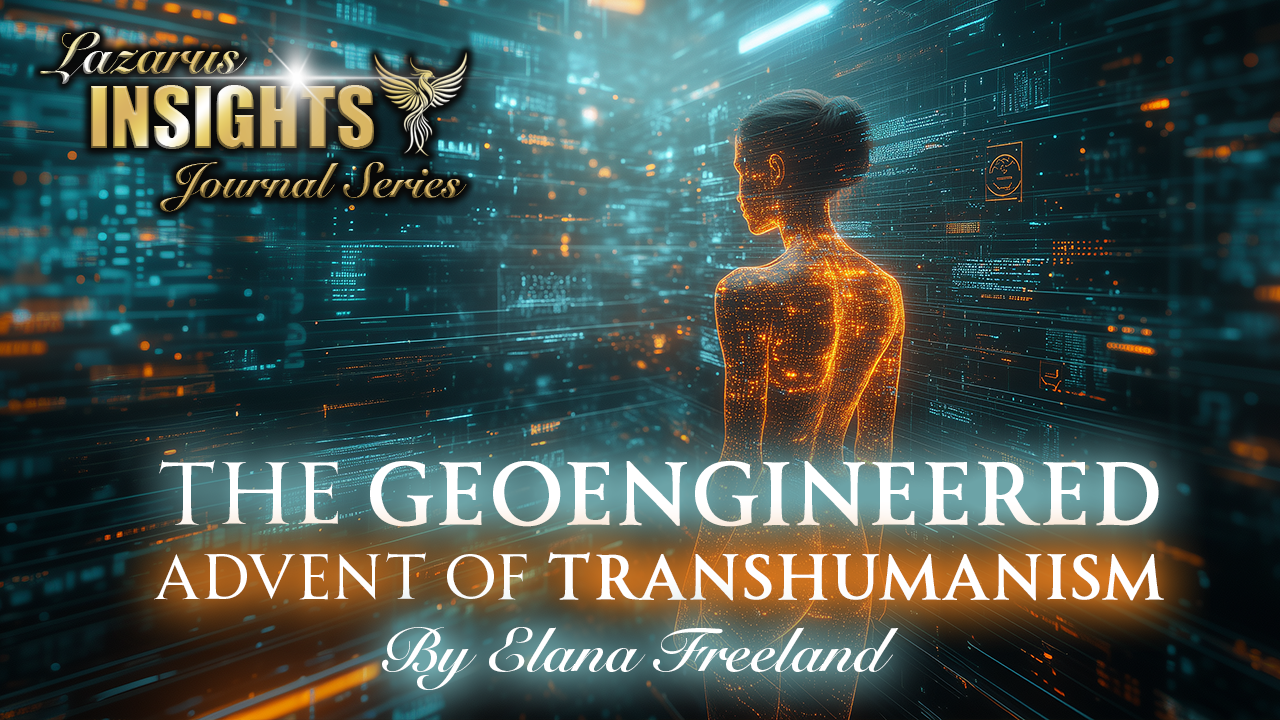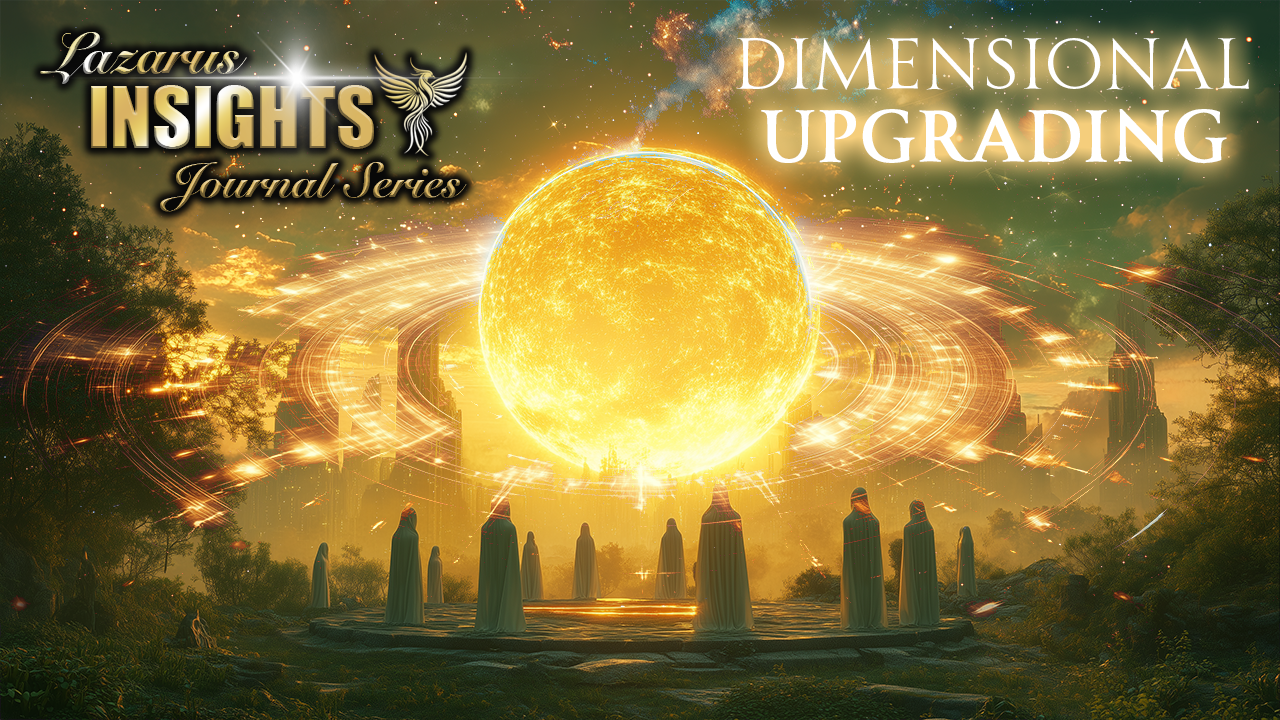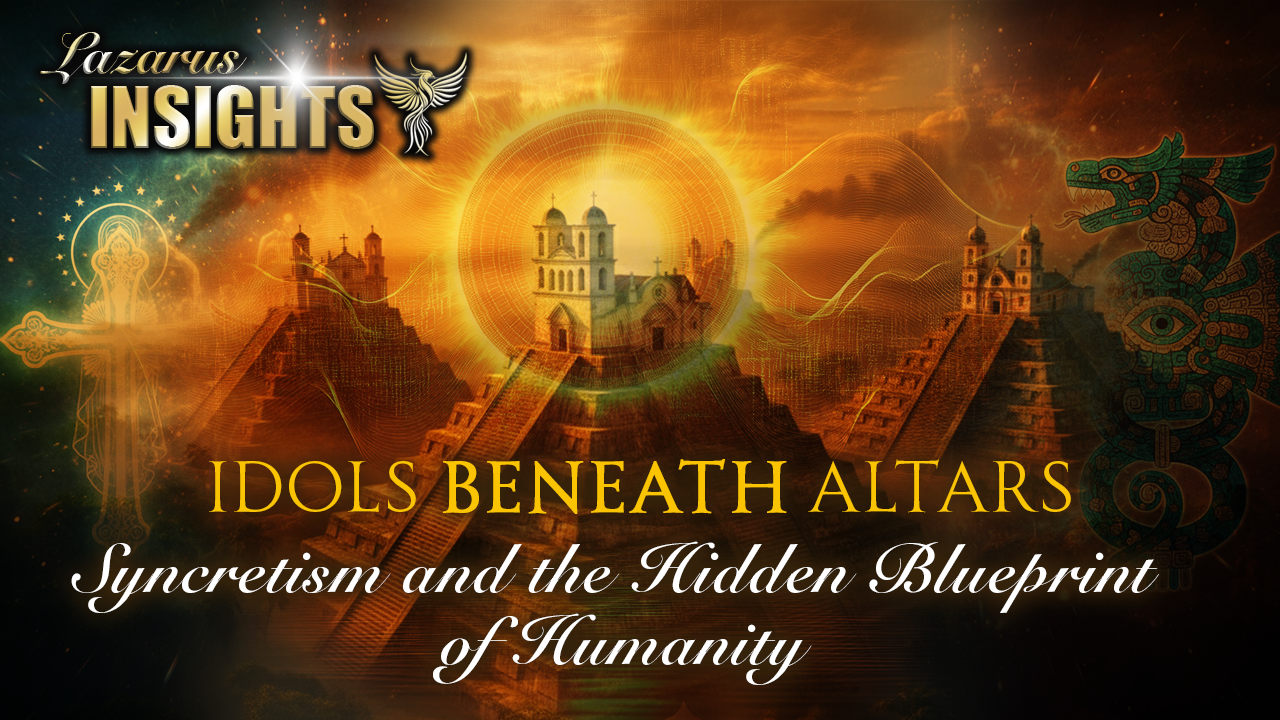
Idols Beneath Altars
Explores the concept of syncretism, particularly through the lens of Latin American history, and uses it as a metaphor for humanity's current spiritual awakening.
Walk into the soaring cathedrals of Latin America, and you step into a paradox. Beneath the carved saints and gilded crucifixes, behind the marbled altars that have borne witness to centuries of prayer, something older waits in silence: the gods of maize, sun, rain, and cosmic order—buried, but not erased.
These idols are not merely relics of a “pagan” past, sealed away after the Spanish conquest. They are encrypted messages, whispering of a deeper truth. They tell a story not of passive defeat, but of transformation—a merging of two worlds into something entirely new.
This is the paradox of syncretism: the ability to absorb and reimagine, to endure and evolve, without losing the essence of what came before.
This story is not just historical; it is cosmic. The idols beneath the altars are mirrors of our own condition. Just as the Toltec gods were hidden but not destroyed, so too is the original blueprint of humanity—our connection to Source—concealed but intact. The question is whether we, like the Toltec, can recover what has been hidden and integrate it into the structures that surround us.
The Toltec civilization, which thrived centuries before the rise of the Aztec Empire, bequeathed a profound legacy of spiritual wisdom and cosmic understanding to their descendants, the Mexica. This profound understanding of reality empowered them to navigate an imposed order while remaining firmly anchored to their cosmic truths. They could inhabit the cathedral without abandoning the temple; they could pray to the Virgin and still feel the heartbeat of Tonantzin beneath their feet. This was not submission—it was a higher form of integration, a recognition of the sacred as infinite, capable of adopting many faces while remaining true to its essence.
Octavio Paz, in The Labyrinth of Solitude, described Mexico as a mask—concealing and revealing at once—a nation born of “the wound of the Conquest” yet nourished by two roots. He recognized in this duality the genius of the Mexican spirit: an extraordinary ability to absorb, transform, and re-create without losing its essence. It is a form of sacred alchemy, one that does not erase trauma but transmutes it into continuity. For Paz, this syncretism was a quiet yet profound defiance—not the mark of a conquered people, but an insistence that the soul can endure, reshaped but unbroken.
Today, as we awaken to the layers of deception and manipulation that have veiled our consciousness, we stand in a similar place. The question is not whether we can return to some “pure” past—that door is closed—but whether we can recover the deeper pattern, the unbroken thread of our divine origin, and weave it anew into the structures around us.
The idols beneath the altar remind us: nothing true can ever be destroyed, only hidden.
Here, history folds into a far older and more cosmic story—the one etched not in stone, but in flesh. Millennia ago, the human template was tampered with—our DNA manipulated to fracture our connection to Source, binding us into cycles of limitation and forgetfulness.
Yet, as with the idols beneath the altars, the original blueprint was not obliterated. It was concealed—encoded deep within our cells, our energetic body, and our memory of what it means to be whole. Santos Bonacci often speaks of the “as above, so below” principle—the great cosmic fractal in which the micro mirrors the macro. In this sense, the hidden idol beneath the altar is not just a metaphor for cultural blending—it is a reflection of our own condition.
What we call syncretism in history is, in the body, an act of remembering. It is the quiet integration of the fragments, the honoring of what came before, and the restoration of what was hidden.
Today, humanity stands at a moment of similar convergence. We are told the narrative of our reality by external powers, just as the conquered peoples were given the narrative of the Church. But beneath the imposed story lies the older truth—the sacred architecture of the human spirit.
To awaken is to do what the Mexica did: to place our original gods—our Source codes—back into the center of the structures that have been used to contain us. Not to destroy the structure, but to transform it from the inside out.
We are the living cathedral, and within us, the idols are stirring.
